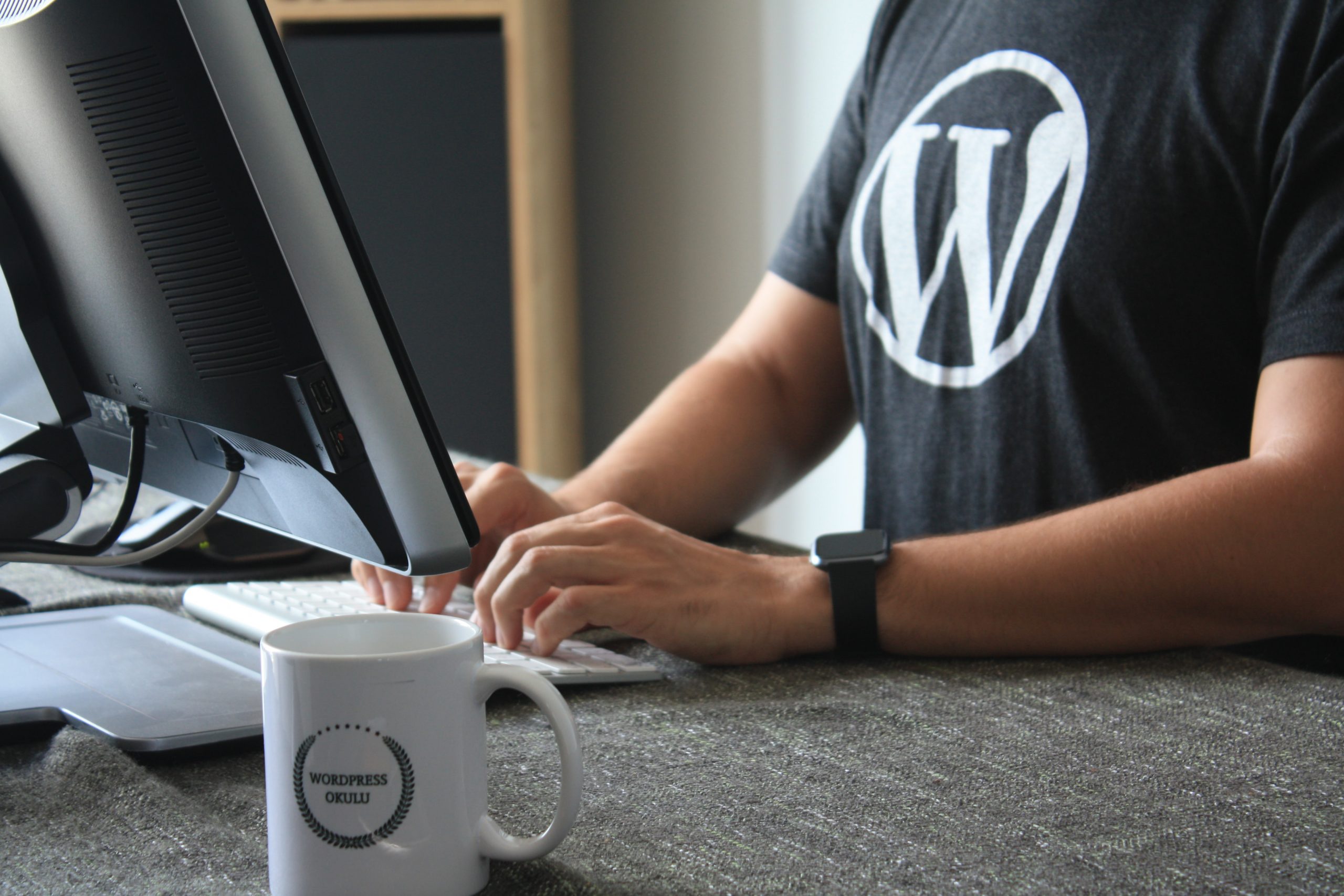
Most WordPress users find themselves constantly developing their site, from plugin updates to minor daily adjustments. It can be tempting to work on your site live, but even the smallest changes can put your site at risk. Even a single line of faulty code can compromise your site running smoothly.
Setting up a staging site (essentially a clone of your site) is a great way to test changes before taking them live. A WordPress sandbox is a staging environment in which you can modify your site freely without worrying about a mistake negatively affecting your site availability or your business.
Discover your personal WordPress sandbox today - click here
Let's take a look at everything you need to know about WordPress sandbox to get you on track to start innovating.
Even the smallest tweaks on a WordPress site can have a big impact. Until you test these changes, you can't be sure how they will affect your site. Whether you are updating plugins or trying out a new theme, one wrong move can lead an entire site to crash. A site crash may be the worst-case scenario, but there are a number of other risks involved in implementing changes before testing them.
Some other potential consequences of working on your WordPress site in a live environment are:
WordPress website management is much more difficult when you do not know the potential issues that may arise with each adjustment you make to your site. The risks of working on your site in a live environment definitely outweigh the rewards, which is why you should have a staging site for all your WordPress development.
A staging site, or sandbox site, is an exact copy of your WordPress site in which you can experiment with modifications before taking them live. The staging site helps you catch errors in code or simply test different design elements without modifying your actual site. Whether you want to try out a new feature, update widgets or plugins, or make a major change, the staging site provides an environment in which you can do so safely.
While some users download WordPress locally on their devices to test changes before adding them to their live site, this may not always give accurate results. Certain changes made on the local server may not run the same way on the live server, leading to unforeseen errors.
Unlike the local WordPress server, the staging site runs on the same server configuration as your live site, so you will not run into any new issues when you are ready to take the changes from the staging environment to the live environment.
In short, the WordPress sandbox or staging site is a space for you to explore new things and figure out what works best on your site.
There are a number of options when it comes to setting up a WordPress staging site, some of which are more complicated than others. The best solution is dependent on your level of website management expertise. We have outlined the different ways to set up a WordPress Sandbox to help you get started.
If you are using a WordPress hosting service, a staging site may be offered as part of your package. If so, this is the easiest and most reliable way to set up your staging site. As managed WordPress hosting experts at uPress, for example, we provide a built-in sandbox, so you don't have to do any of the heavy lifting.
Another advantage to this option is that once you have decided which change you would like to take live, your managed WordPress host will also ensure that this process runs smoothly. Additionally, you'll usually be able to access your staging site in one click from within your dashboard or control panel.
This sandbox option offers the most convenience and the least headache, but it may be more costly than the other sandbox options below. On the other hand, if you anyway want other features included in managed WordPress hosting, the inclusion of the sandbox may just make the deal even sweeter.
If you do not use a WordPress hosting service, or your hosting service does not include a staging site, there are a number of WordPress plugins that can help you create a staging site. While this may be a cheaper option, there are some downsides.
For one, if you are using a WordPress hosting service in addition to a staging plugin, there might be compatibility conflicts as the plugin will not have full access to your hosting server.
Another potential issue with using a plugin is that the data from your staging site will be saved on the plugin's server. If your site contains sensitive data, such as customer information, this option may not provide the level of security you are looking for.
If you do want to go with a WordPress plugin for your staging site, you can download one from the WordPress plugin directory. The process of creating your staging site will differ depending on which plugin you decide to download.
If you would like to set up an offline staging site, local installation is an option. Keep in mind that, unlike the other options for setting up a staging site, only those with access to your computer will be able to use a local staging site.
There are multiple free applications you can download to help you set up a local hosting environment on your computer, such as Local or Bitnami. Each application will differ slightly but will walk you through the setup process once you have downloaded.
While this option is cheap, the downside is that you will have to transfer your live site to your local staging site. This means that you will have to manually add any plugins or themes that you use on your live site, which takes more time than the previous options and also needs more technical know-how.
This option is more complicated than the others and is not recommended for WordPress beginners. To manually create a WordPress staging site, you will need to create a subdomain, an FTP account, import your database and hide your staging site. If any of the steps are not completed correctly, it could cause problems on your live site, which kind of defeats the purpose of a staging site to begin with.
If you do decide to manually set up your staging site, implementing the changes to your live site later is also a lengthier process with its own set of drawbacks.
Unless you are an experienced WordPress manager, this is probably not the option for you.
Once you have chosen the best option for setting up your staging site, the fun can begin. Think of the sandbox as exactly that: a place to play on your site with whatever different themes, plugins and design ideas you want. Feel free to explore the world of WordPress and expand your site’s horizons. The WordPress sandbox protects your site from any security breaches or crashes so you can keep your site up-to-date and in line with your newest business ideas, without risking any crashes or design disasters.
Once you are ready to deploy your changes to your live site, depending on which option you are using for your staging site, you should be able to do so quickly and easily. Most WordPress hosts and some plugins allow you to deploy changes with the click of a button.
All the world's a staging site... so go became a player.
As managed WordPress hosting experts, we know what we're talking about, whether you're asking what is a WordPress sandbox, why you need it and how to use it for website management. You can trust us with the entire gamut of WordPress questions, so the only one left is... why aren't we hosting your WordPress site yet? Click below and join us.


